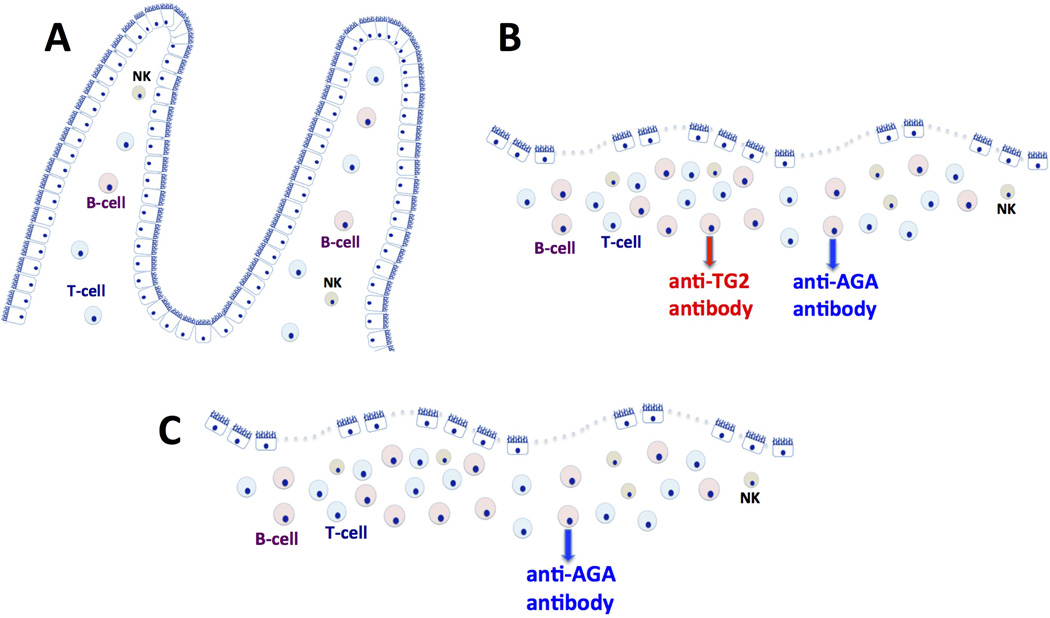Fig. 1. Dietary gluten-induced antibody production.
Villi of the healthy small intestine consist of epithelial and sub-epithelial layers comprised of several lymphoid cell populations that can either tolerate or recognize foreign antigens (1. A). In celiac patients, dietary gluten triggers production of anti-TG2 and anti-gliadin (AGA) antibodies that can be detected locally in the form of antibody deposits but also systemically in the form of serum antibodies (1. B). Both celiac and non-celiac gluten sensitive (NCGS) patients exhibit leaky gut characterized by compromised epithelial barrier, chronic inflammation of intestinal lamina propria, villous atrophy and increased epithelial permeability. In NCGS, only the AGA but not anti-TG2 antibodies are produced (1. C). Triggering factors and pathogenesis of NGS are not well understood.

